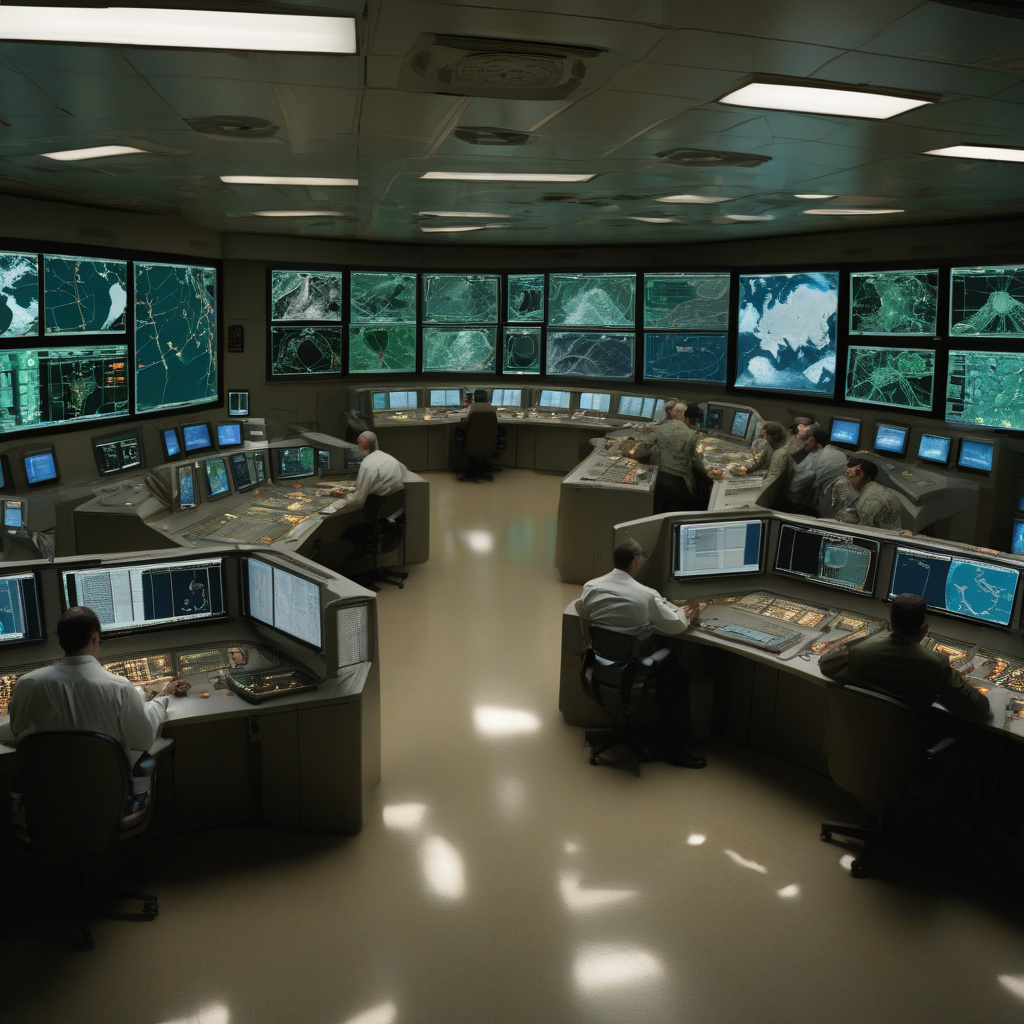In a recent joint advisory, U.S. cybersecurity and intelligence agencies have raised a red flag concerning the escalating cyber threats originating from Iranian state-sponsored or affiliated entities. The warning comes in response to a surge in malicious activities observed over the past few months, signaling a potential uptick in cyber-attacks targeting defense systems, operational technology (OT) networks, and critical infrastructure.
The advisory highlights the growing concerns surrounding the actions of hacktivists and Iranian government-linked threat actors, emphasizing the need for heightened vigilance and robust cybersecurity measures. With recent geopolitical developments as a backdrop, the agencies caution that the current trend of cyber intrusions is likely to intensify, posing significant risks to national security and vital systems.
This alert underscores the evolving landscape of cyber warfare, where nation-states leverage sophisticated tactics to infiltrate networks and disrupt essential services. The interconnected nature of modern infrastructure presents a lucrative target for threat actors seeking to exploit vulnerabilities and sow chaos. As such, it is imperative for organizations operating in sensitive sectors to fortify their defenses and stay ahead of emerging threats.
The implications of these warnings extend beyond theoretical scenarios, as evidenced by past incidents of cyber-attacks with far-reaching consequences. From ransomware campaigns targeting critical services to espionage efforts compromising classified information, the repercussions of a successful breach can be severe and long-lasting. Therefore, proactive defense strategies and information sharing mechanisms are crucial in mitigating the risks posed by malicious actors.
One of the key challenges in combating state-sponsored cyber threats lies in the attribution of attacks, as adversaries often employ sophisticated techniques to obfuscate their origins. This deliberate ambiguity complicates response efforts and underscores the need for robust cybersecurity frameworks that can detect, deter, and neutralize threats in real-time. By enhancing threat intelligence capabilities and fostering collaboration among stakeholders, organizations can enhance their resilience against evolving cyber threats.
As the digital landscape continues to evolve, cybersecurity remains a cornerstone of national defense and economic stability. The convergence of physical and digital infrastructures necessitates a holistic approach to security that addresses vulnerabilities at all levels. By investing in advanced technologies, conducting regular risk assessments, and fostering a culture of cyber awareness, organizations can bolster their cyber defenses and safeguard against potential breaches.
In conclusion, the advisory issued by U.S. agencies serves as a timely reminder of the persistent and evolving cyber threats facing critical infrastructure and defense systems. By heeding these warnings, adopting a proactive stance towards cybersecurity, and staying informed about emerging risks, organizations can better protect themselves from malicious actors seeking to exploit vulnerabilities for nefarious purposes. In an era where cyber warfare is a stark reality, preparedness and resilience are key to safeguarding our digital future.

